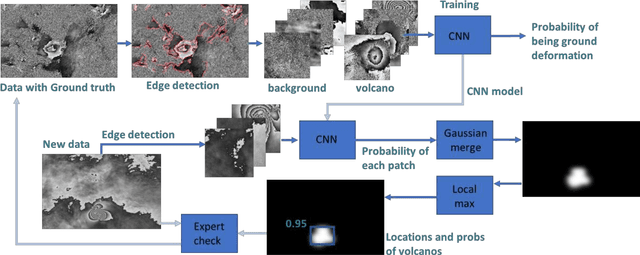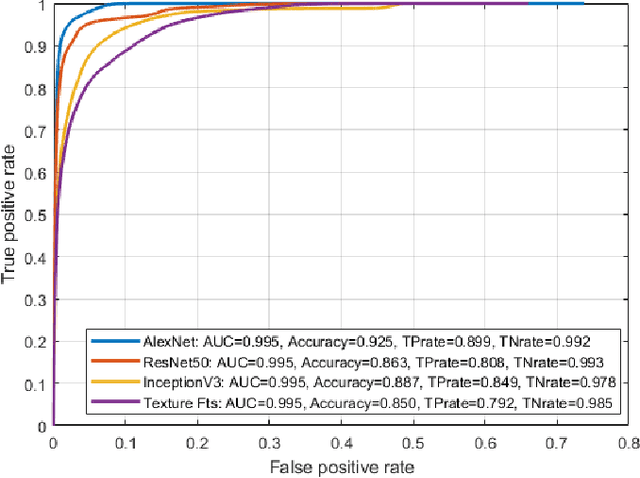P. Hill
Atmospheric Turbulence Removal with Video Sequence Deep Visual Priors
Feb 29, 2024Abstract:Atmospheric turbulence poses a challenge for the interpretation and visual perception of visual imagery due to its distortion effects. Model-based approaches have been used to address this, but such methods often suffer from artefacts associated with moving content. Conversely, deep learning based methods are dependent on large and diverse datasets that may not effectively represent any specific content. In this paper, we address these problems with a self-supervised learning method that does not require ground truth. The proposed method is not dependent on any dataset outside of the single data sequence being processed but is also able to improve the quality of any input raw sequences or pre-processed sequences. Specifically, our method is based on an accelerated Deep Image Prior (DIP), but integrates temporal information using pixel shuffling and a temporal sliding window. This efficiently learns spatio-temporal priors leading to a system that effectively mitigates atmospheric turbulence distortions. The experiments show that our method improves visual quality results qualitatively and quantitatively.
Detecting Volcano Deformation in InSAR using Deep learning
Jan 21, 2018

Abstract:Globally 800 million people live within 100 km of a volcano and currently 1500 volcanoes are considered active, but half of these have no ground-based monitoring. Alternatively, satellite radar (InSAR) can be employed to observe volcanic ground deformation, which has shown a significant statistical link to eruptions. Modern satellites provide large coverage with high resolution signals, leading to huge amounts of data. The explosion in data has brought major challenges associated with timely dissemination of information and distinguishing volcano deformation patterns from noise, which currently relies on manual inspection. Moreover, volcano observatories still lack expertise to exploit satellite datasets, particularly in developing countries. This paper presents a novel approach to detect volcanic ground deformation automatically from wrapped-phase InSAR images. Convolutional neural networks (CNN) are employed to detect unusual patterns within the radar data.
 Add to Chrome
Add to Chrome Add to Firefox
Add to Firefox Add to Edge
Add to Edge